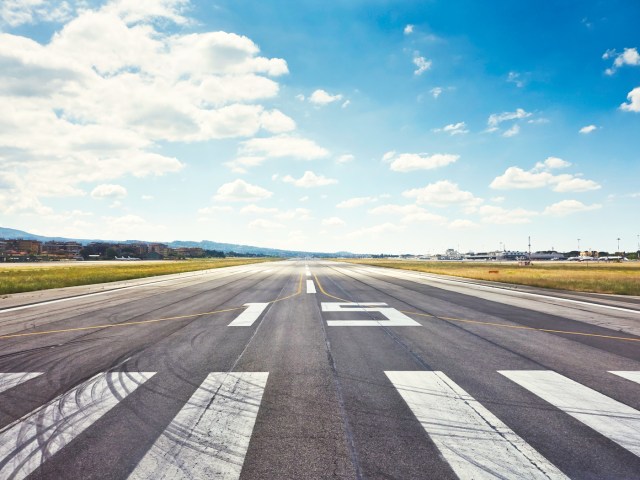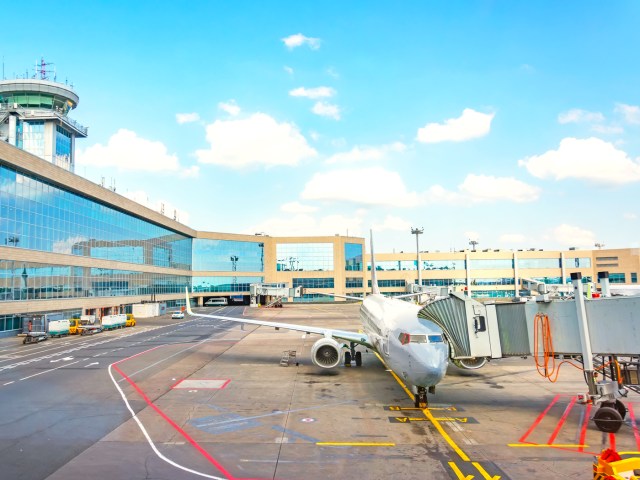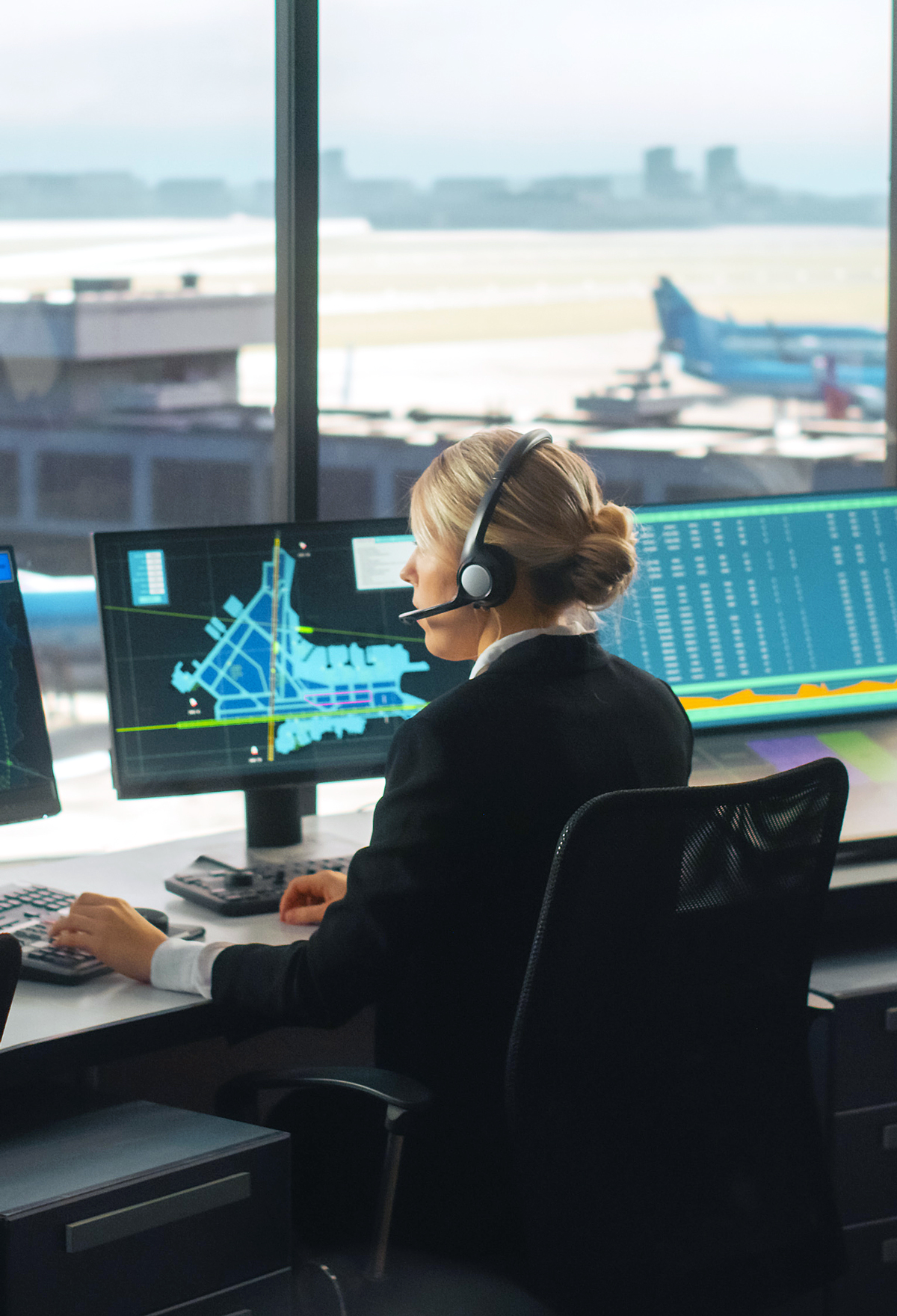Prior to taking off or landing at an airport, you may notice a large number painted on the runway. While it may not mean much to the average traveler, ask any pilot or air traffic controller and they’ll tell you exactly what the numbers represent, as these indicators are essential to an aircraft’s flight plan. If we’ve piqued your curiosity, read on to decode what the big numbers painted on airport runways actually mean.
The Basics of Airport Runway Numbering

To understand the runway numbering system, it’s important to visualize how a compass works. The bearings of a compass rotate 360 degrees, in which 90 degrees indicates east, 180 degrees is south, 270 degrees is west, and 360 degrees is true north. Airport runways follow this convention based on the direction of an airplane’s takeoff or landing. Runways are numbered between 01 and 36 and are rounded to the nearest 10 degrees, with the final zero dropped from the end (e.g., 270 degrees becomes runway 27). This is based on the compass direction the plane is headed toward. For example, a plane taking off on a runway pointed directly to the north will be departing from runway 36.
You may see different numbers painted at opposite ends of the same runway. These numbers always have a difference of 18 — for example, 9 and 27 or 18 and 36. This gap represents directional opposites. Because the direction of aircraft takeoffs and landings changes based on the wind, the same physical runway will be assigned two different numbers on either end.
What Do Lettered Runways Indicate?

While some airports may only have a single runway, larger airports usually have multiple runways. These airports will often have parallel runways facing the same direction, based on typically prevailing wind directions, to accommodate higher traffic. In these instances, the runways have letters in addition to numbers. For example, if there are two parallel runways facing west, those will be called 27L and 27R (for left and right). Some busier airports might have three parallel runways, meaning you’d add a 27C with the “C” standing for “center.”
Dallas-Fort Worth International Airport — one of the world’s busiest airports — is unique in that there are five parallel runways all headed the same direction at 175.4 degrees. In this case, airport officials chose to shift the two westernmost runways one number up, resulting in runways 17L, 17C, 17R, 18L, and 18R. Other airports have runways pointed in several different sets of directions. Chicago’s O’Hare International Airport has eight runways — more than any other commercial airport. These include two sets of three runways that run parallel.
How To Speak Runways Like a Pilot

During in-flight communications with air traffic controllers, each runway number is pronounced individually. So, if a plane is landing on runway 27L, it will be conveyed as “two-seven-left.” This level of enunciation is necessary to prevent planes from mistakenly using the same runway at the same time. If you’re a passenger who’s privy to the lingo, then it also tells you which direction you’re flying — in this case, due west.
Featured image credit: Credit: gorodenkoff/ iStock via Getty Images Plus
More from our network
Daily Passport is part of Inbox Studio, which publishes content that uplifts, informs, and inspires.
















